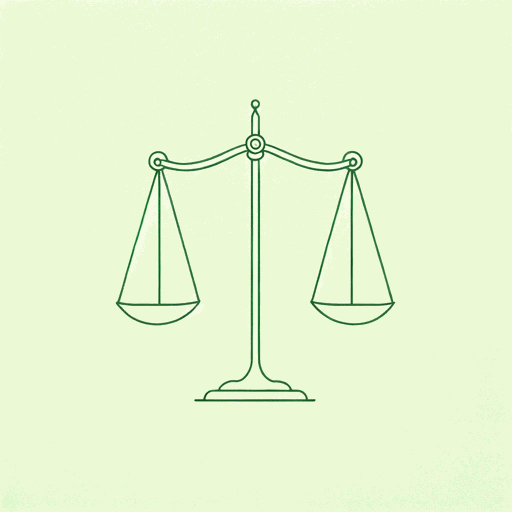49 pages • 1 hour read
Iris Marion YoungJustice and The Politics of Difference
Nonfiction | Book | Adult | Published in 1990A modern alternative to SparkNotes and CliffsNotes, SuperSummary offers high-quality Study Guides with detailed chapter summaries and analysis of major themes, characters, and more.
Themes
Social Groups and Social Movements as Keys to a Theory of Justice
All societies are composed of social groups. These groups, according to Young, define the identity of persons, as members share a common history and culture. Social groups exist in relation to one another and structure human dynamics. Individuals belong to multiple groups, and, as a result, their identities are not entirely transparent even to themselves. For example, people are simultaneously members of racial or ethnic groups, gendered groups, and age groups. Yet social groups have been absent from prevailing theories of justice, which incorrectly presume that there is one universal perspective for humanity dictated by abstract reasoning. In reality, this universal perspective is that of the dominant group or groups. In the late 20th-century US, Young identifies that perspective as white, male, young, able-bodied, heterosexual, and economically privileged.
This perspective creates the standards by which society measures all others, defining difference from this standard negatively. Even though most people embrace the principle of equality at a conscious level, they impose the dominant standards unconsciously and judge those who deviate from them harshly. For example, a Black person or a woman who speaks forcefully in a professional or political 







